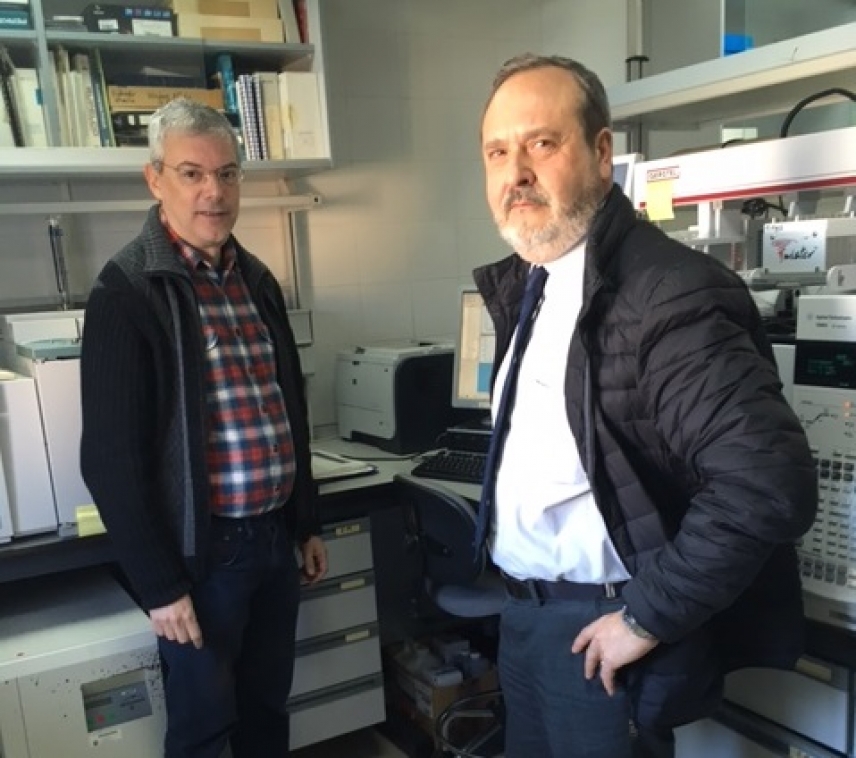The Vitenol research team, led by Juan Moreno, Professor of Agricultural Chemistry and Soil Sciencesat the University of Córdoba, is studying the effect of the conditions in which the second fermentation takes place in sealed bottles on the volatile metabolites produced by yeasts and thus on the aroma and quality of sparkling wines. A paper published recently in the journal Food Chemistrydescribes changes in the volatile components released by the yeast Saccharomycescerevisiaeduring the second fermentation under the stress conditions prompted by C02pressure caused by the yeast itself.
Research findings have shown that CO2 pressure mainly affects ethyl esters – ethyl dodecanoate, ethyl tetradecanoate, hexyl acetate, ethyl butanoate and ethyl isobutanoate – which are associated with the fruity and floral aromas in wine.
As the researchers explain,until now attention has focused on the aroma composition before and after the second fermentation, but no experiments have previously been performed to compare the effects of second fermentation in sealed and open containers.The published study provides new information regarding the effect of CO2 pressure on yeast metabolism and the changes taking place in the levels of volatile molecules associated with aroma and quality in sparkling wines. This research marks “an important first step, which will open up new avenues when selecting yeasts with the final aim of improving the production of sparkling wines and other drinks,which are so popular at present”.
Martinez-Garcia, R; Garcia-Martinez, T; Puig-Pujol, A; Mauricio, JC; Moreno, J. (2017) Changes in sparkling wine aroma during the second fermentation under CO2 pressure in sealed bottle. FOOD CHEMISTRY, 237, 1030–1040.DOI: 10.1016/j.foodchem.2017.06.066



